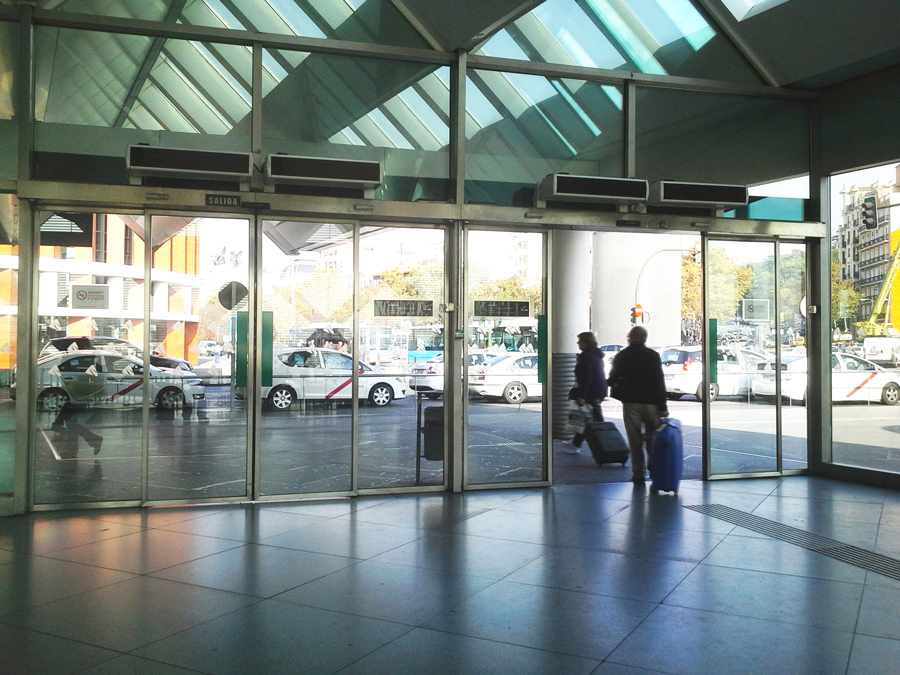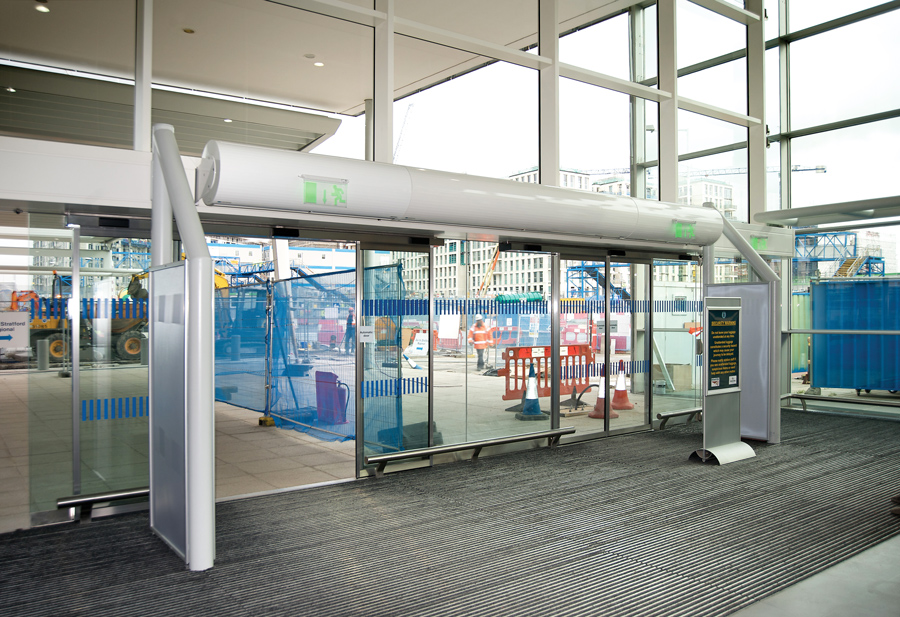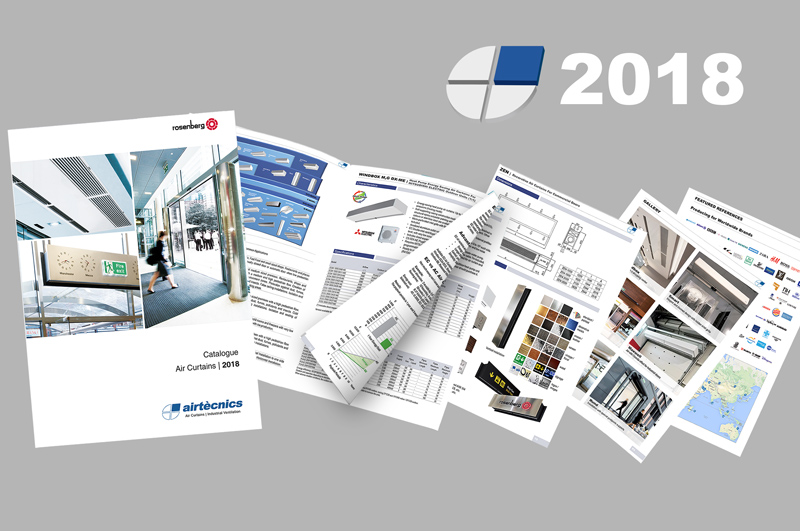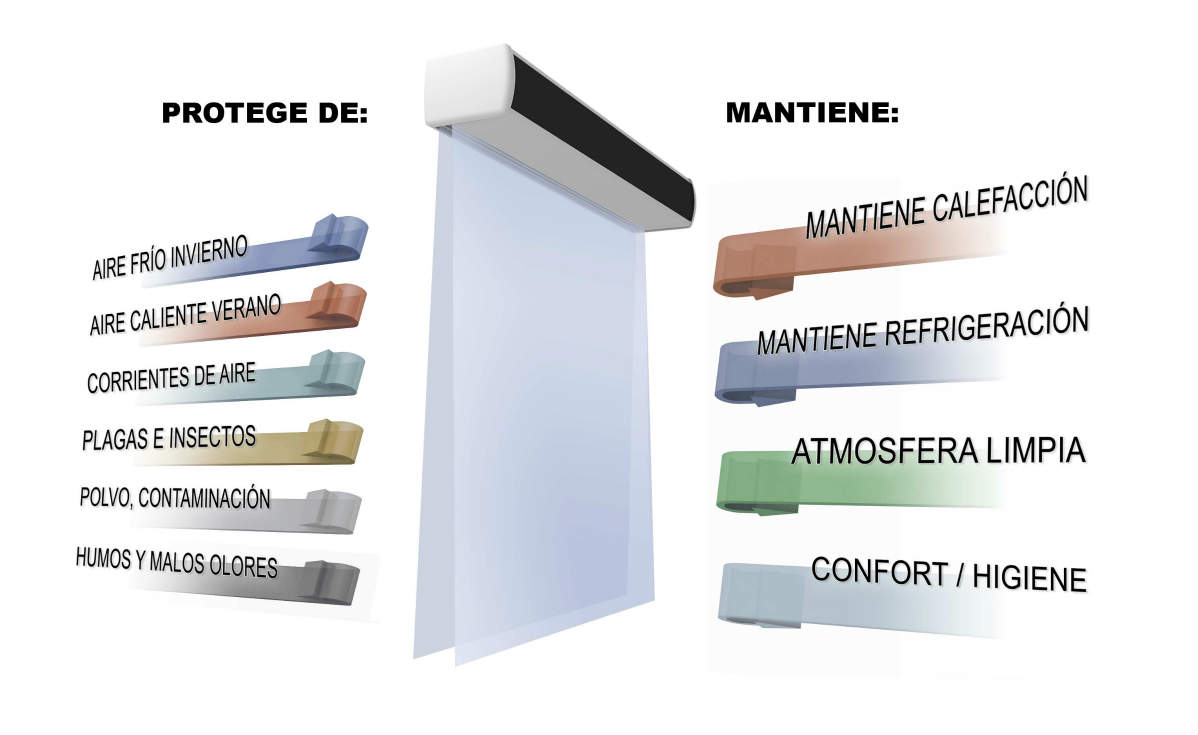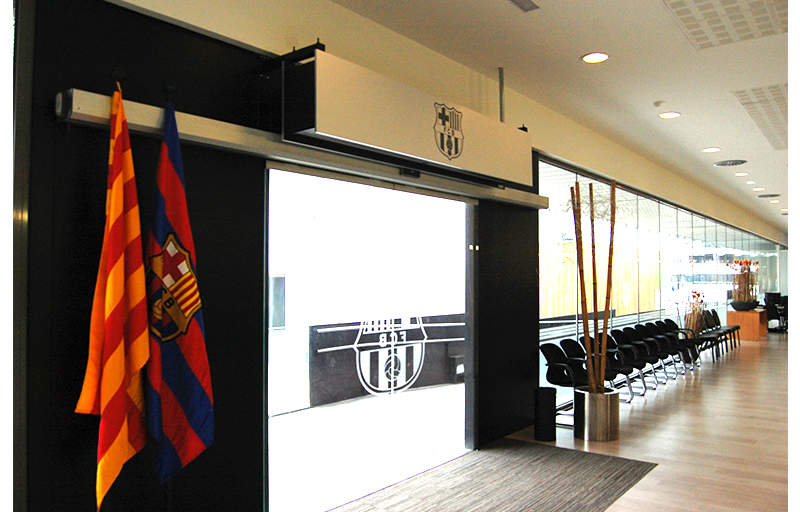Air curtains in railway stations. Case study
Railway stations are locations that are subject to strong draughts due to their special conditions. They are very large, open spaces with numerous large entrances. In addition, the platform area and its entrances exert a chimney effect with the gases from the trains and also generate a pressure change between the platforms and the station concourse. Air curtains are the most effective way of blocking all these currents.
The air curtain, which has the function of an invisible barrier, is an effective solution in many situations and Airtècnics has implemented it in several stations, both underground and railway stations, successfully achieving its purpose and at the same time making the users' experience more comfortable.
Railway station in Barcelona
The Dam Twin air curtain, arranged vertically one in front of the other, has the function of preventing air currents from the suction of the trains from being generated in the corridors of the stations, so that passengers have the most comfortable experience possible.

Barcelona-Sants train station
Windbox air curtains have been installed on the stairs leading from the platforms to the concourse to prevent the climate in the concourse from being affected by draughts and the chimney effect generated by the connection to the platforms.

And a Zen air curtain informs passengers where they are going:

Vienna Central Station, Austria
Where winters are cold, as in Austria, the angares have air curtains at the train entrances. In this case a vertical Maxwell air curtain was chosen as the doors are very large and a lot of power is required.

Amsterdam Central Station
The street entrances of Amsterdam Central Station are located very close to the stairs and a draught is generated in the corridors also due to the change of pressure exerted by the train through the tunnels. This situation creates an unpleasant experience for the users. Thanks to two Rund air curtains facing each other in the corridor, this problem is solved.

Other news about air curtains:
GALLERY

